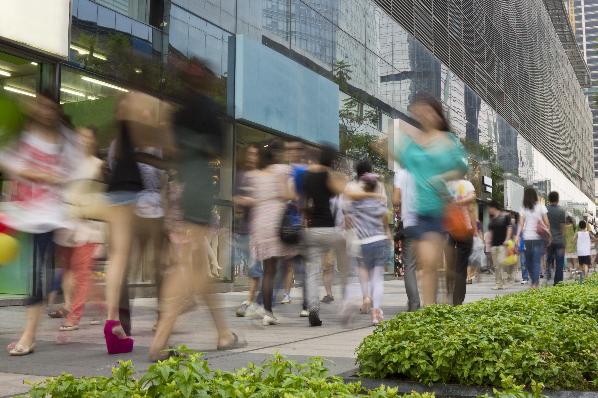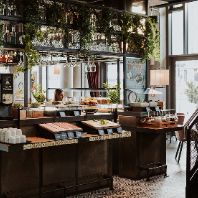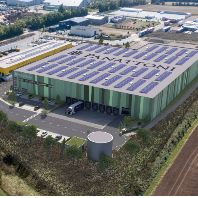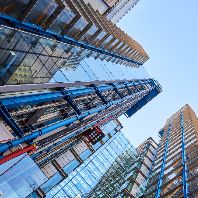Retail customer footfall in the UK in January was up 1.2% up on a year ago, significantly above the 2.2% deline seen in December, and its best performance since January 2014 (excluding Easter distortions), according to the BRC/Springboard Footfall and Vacancies Monitor.
Footfall in retail park locations increased 5.2% y-o-y, its best performance for two years, well ahead of December’s 2.1% rise and above the 3-month average rate of 3%. High Streets reported their first rise in footfall since July 2013, excluding Easter distortions, and was significantly ahead of December's 4.0% decline. Footfall growth in Shopping Centres was broadly flat in January, it best performance since January 2014. The national town centre vacancy rate was 8.7% in January 2016, down from the 9.1% rate reported in October 2015. This is the lowest reported rate since we began reporting the data in July 2011.
Helen Dickinson, BRC chief executive, said: "The improvement in shopper footfall witnessed in January provided a timely and welcome fillip to retailers at the start of the year, with retail parks once again recording a stellar performance. Indeed, this was the best overall footfall performance for two years, and well ahead of the 3-month average.
"The further reduction in the shop vacancy rate is encouraging, more so against a backdrop in which online retailing is becoming increasingly popular. However, the fact remains that one in every eleven retail premises in our town centres lies empty. The current business rates system, in which rates bills only ever seem to rise, is wholly inadequate to the task ahead and so it is imperative that the Chancellor capitalises on the conclusion of the review next month to introduce a system which flexes with economic conditions and leads to a substantially lower tax burden."
Diane Wehrle, marketing and insights director at Springboard, said: "The increase in footfall across all retail destination types, the first since December 2011, alongside the rise in spending in January, finally demonstrates what is well known - that bricks and mortar shopping environments are still important to consumers. Tracking footfall across 450 individual locations since 2009 has shown that it is the post 5pm period that has been most resilient, with improvements in daytime footfall following on from an increase in activity in the evening. Spend on furniture, and hospitality, led the way, which potentially has longer-term benefits by increasing shoppers' awareness of store offerings and driving up spend through longer dwell times and the "family effect" whereby the family shopping group typically increases transactions values.
"The improved vacancy rate is an encouraging sign, but there needs to be caution about being too optimistic as evidence shows the driving force to be an increase in pop-ups and temporary lets in the run up to Christmas and which are still occupied. However, the rationale for pop-ups for many retailers is an exploration of whether there is an appetite for the brand in that location; and an increase in footfall may encourage the conversion of a proportion of these into permanent occupancy, so improving the vacancy position into the next quarter."















